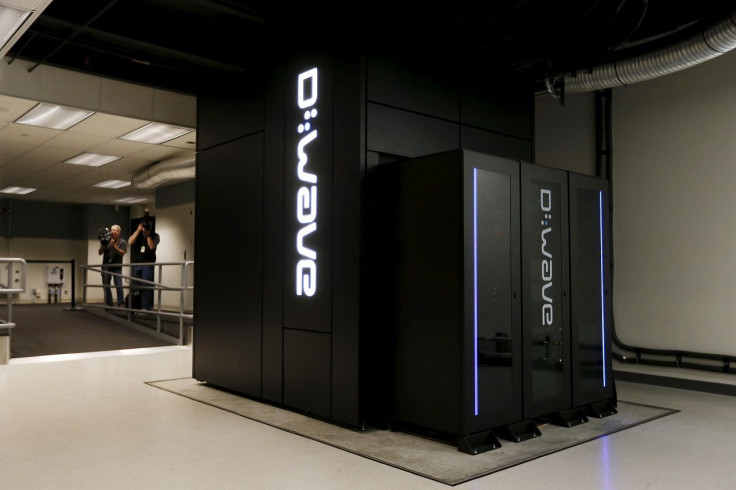The future of quantum computing: Australian researchers stabilise the quantum bit.

A team of researchers at the University of New South Wales have managed to create a quantum bit, also known as qubit, that can remain stable in superposition 10 times longer than what was previously possible. The new process of stabilising the qubits could potentially bring in huge upgrades to the future of quantum systems.
The team used the combination of electromagnetic fields and silicon atoms to make this work. They made a “dressed spin qubit,” which is the spin of a single silicon atom merged with an electromagnetic field. The continuous high frequency oscillation of the magnetic fields made the new qubits more stable, negating noise or disturbance. The “dressed” qubits lasted for 2.4 milliseconds before dephasing.
It is important that the qubits are kept in a superposition for calculations to be carried out by the quantum computer. The new developments in this area could help accelerate the progress towards a large scale universal system.
“We have subjected the atom to a very strong, continuously oscillating electromagnetic field at microwave frequencies, and thus we have ‘redefined’ the quantum bit as the orientation of the spin with respect to the microwave field,” Arne Laucht, a Research Fellow at the School of Electrical Engineering & Telecommunications at UNSW and lead author of the study, explained to UNSW.
The study is published on Nature Nanotechnology.
It would be interesting to see how the dressed qubits will have an impact on the development of quantum computing. This could bring about the possibility of the creation of a large-scale quantum computer. The use of silicon technology would allow today's existing fabrication processes for the development of the future's quantum computers.




















